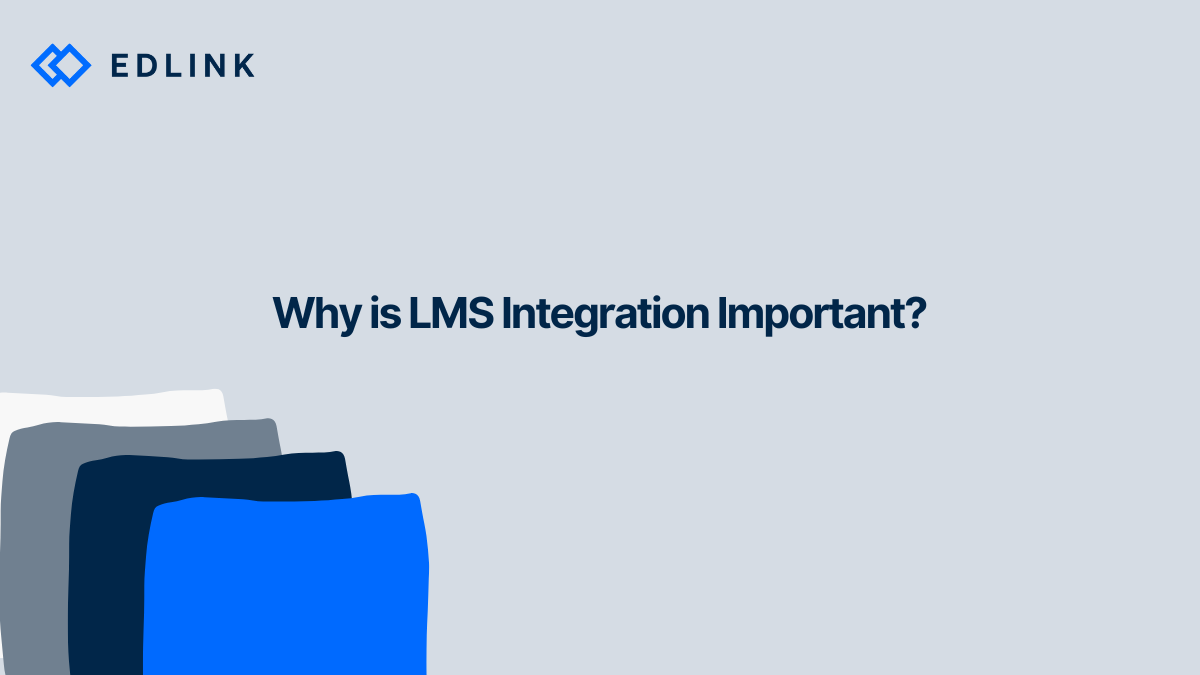The learning managemenet systm (LMS) is the cornerstone of the classroom’s digital ecosystem. Teachers use their LMS to assign homework, post grades, link to online resources, and perform other functions of classroom management. Students use their LMS to access materials posted by the teacher, complete assignments, and view grades. The LMS also provides an avenue for students and teachers to organize discussions and communicate with each other. Essentially, most online interaction between students and teachers occurs within the confines of an LMS.
Learning management systems allow third-party content to integrate with their platforms because they want their end-users to have access to all of their educational resources directly from the platform, thereby increasing the utility of the LMS for end-users. This value is further enhanced when the LMS allows outside content to send and receive data. For example, a teacher using an LMS could link their students to a lesson with comprehension questions. If the publisher of the lesson has developed their application with LMS integration in mind, teachers assigning the lesson could retrieve the responses from the comprehension questions and send the assessment directly to their gradebook.
Why is LMS Integration Important for Schools?
Schools want content that can integrate with their LMS because it reduces complexity of the classroom’s online ecosystem for teachers and students. Instead of having to access different digital resources on a variety of websites and platforms, students and teachers can access most of their content directly through their LMS. For instance, users may be able to log into LMS-integrated applications solely with their LMS credentials. LMS-integrated applications reduce redundant administrative tasks that teachers or administrators typically had to perform themselves, such as creating accounts for students and publishing grades to a classroom gradebook.
Why is LMS Integration Important for Developers?
Educational developers also benefit from developing resources that integrate with learning management systems. In order to be awarded contracts, many schools now require publishers to integrate with their chosen LMS. Furthermore, LMS integration can reduce technical overhead for developers. The LMS can give third-party applications access to functions such as grade keeping and rostering, which mitigates the need to develop certain features for classroom management. This lets publishers focus more on their content and less on developing features that are already performed by the LMS.
How to Get Started with LMS Integration
There are a couple of ways to integrate with learning management systems. Two of the most prominent methods are through the LTI® standard or through the LMS' own API. If you're interested in learning more about API and LTI® integration, we'd recommend checking out our articles on these topics.
Read More on Integration
Here are other articles we’ve written on building integrations to help you on your journey:
- What to know about Single Sign-On for Education
- Single-tenant vs Multi-tenant: What’s better for your app’s security
- Case Study: Schoolrunner
- Why would I Work with Edlink Instead of Just Building My Own LTI Application?
- District Onboarding with Edlink
Learn More about Edlink
If you're looking for a partner who can help guide you through developing LMS integrations (like these), then let’s introduce ourselves. We’re Edlink!

